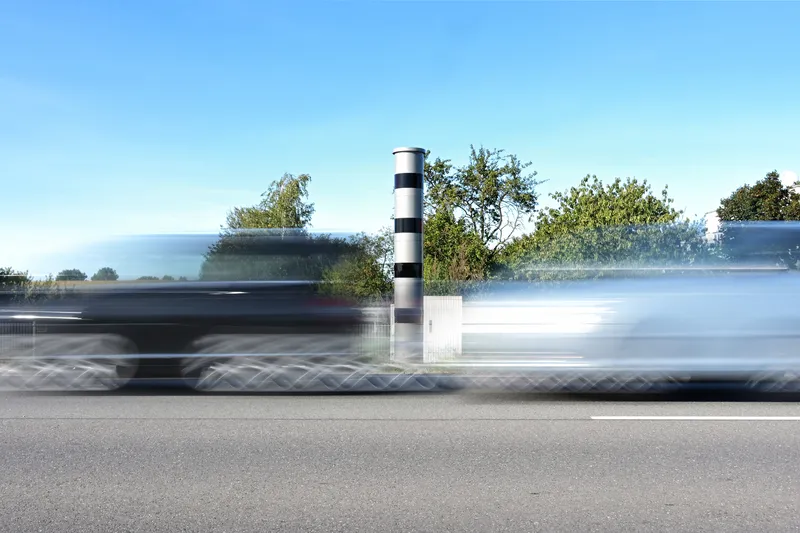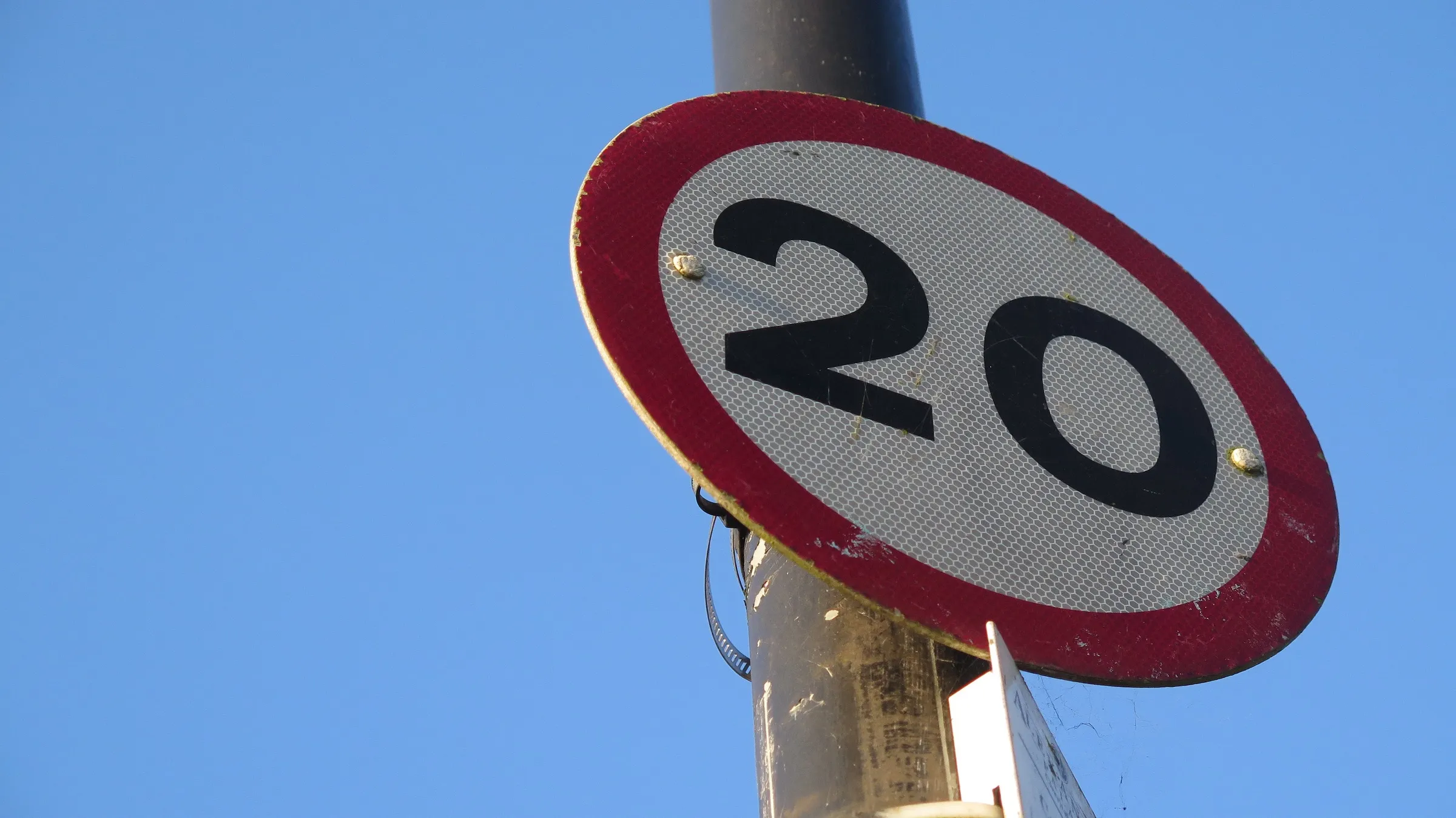Reduced street lighting at night has no impact on road collisions or crime, says a study, led by the London School of Hygiene & Tropical Medicine in partnership with University College London and published in the Journal of Epidemiology and Community Health.
Many local authorities in England and Wales have reduced street lighting at night to save money and reduce carbon emissions.
According to the UK’s Automobile Association (AA), its 2014 research showed that although night-time accidents in bad weat
July 29, 2015
Read time: 2 mins
Reduced street lighting at night has no impact on road collisions or crime, says a study, led by the London School of Hygiene & Tropical Medicine in partnership with University College London and published in the Journal of Epidemiology and Community Health.
Many local authorities in England and Wales have reduced street lighting at night to save money and reduce carbon emissions.
According to the UK’s Automobile Association (1459 AA), its 2014 research showed that although night-time accidents in bad weather on 48km/h (30mph) urban roads had fallen by 15.6% over the past five years, where the street lights have been switched off or are not present, the fall has been just 2%.
The general consensus is that street lighting can reduce night-time accidents by 30% on residential roads while for motorways where there are no pedestrians and cyclists, figures from the1841 UK Highways Agency indicate a 12% reduction. In many regions the regulations do not specifically require the Authority to light the roads but they usually have to consider the safety of all users.
The researchers analysed 14 years’ of data from 62 local authorities in England and Wales and quantified the effect of four street lighting adaptation strategies on casualties and crime in England and Wales. These included switch off, part-night lighting, dimming and white light.
Overall, the study found little evidence of harmful effects of switch off, part-night lighting, dimming, or changes to white light/LEDs on road collisions or crime in England and Wales.
Dimming the amount of light or switching to white light/LEDs may reduce crime in an area. When risks are carefully considered, local authorities can safely reduce street lighting, saving energy costs and reducing carbon emissions, without impacting negatively on traffic collisions and crime.
Many local authorities in England and Wales have reduced street lighting at night to save money and reduce carbon emissions.
According to the UK’s Automobile Association (
The general consensus is that street lighting can reduce night-time accidents by 30% on residential roads while for motorways where there are no pedestrians and cyclists, figures from the
The researchers analysed 14 years’ of data from 62 local authorities in England and Wales and quantified the effect of four street lighting adaptation strategies on casualties and crime in England and Wales. These included switch off, part-night lighting, dimming and white light.
Overall, the study found little evidence of harmful effects of switch off, part-night lighting, dimming, or changes to white light/LEDs on road collisions or crime in England and Wales.
Dimming the amount of light or switching to white light/LEDs may reduce crime in an area. When risks are carefully considered, local authorities can safely reduce street lighting, saving energy costs and reducing carbon emissions, without impacting negatively on traffic collisions and crime.









